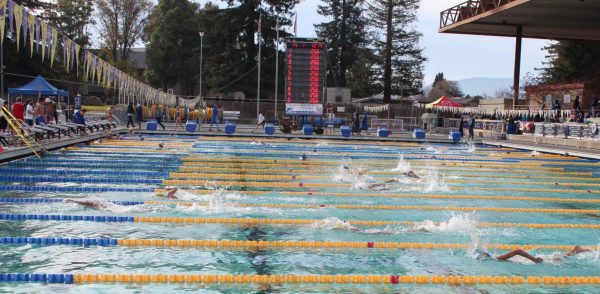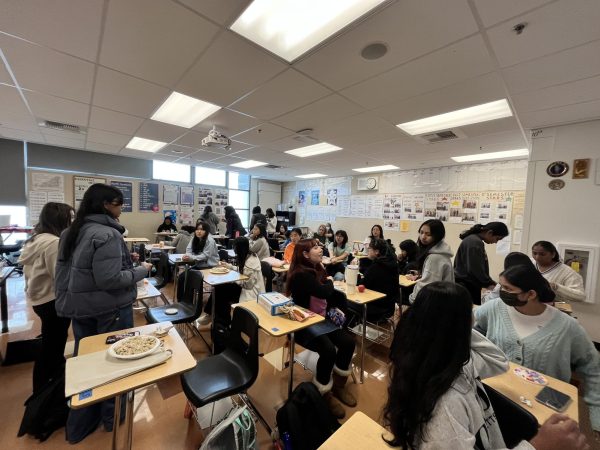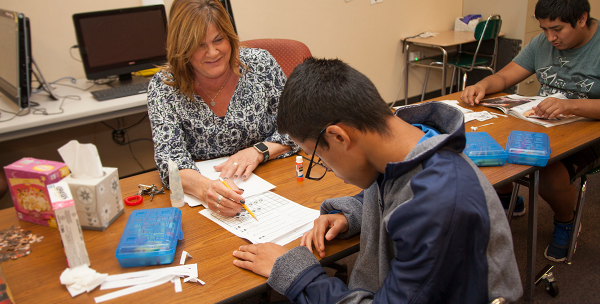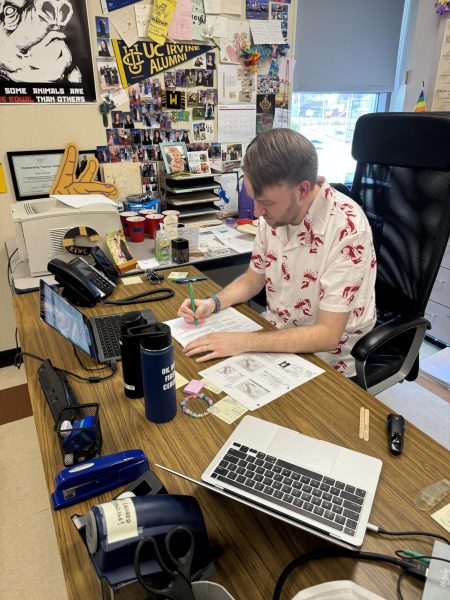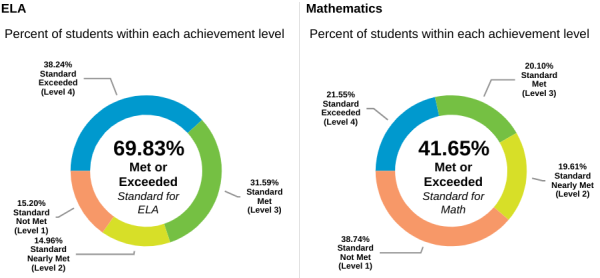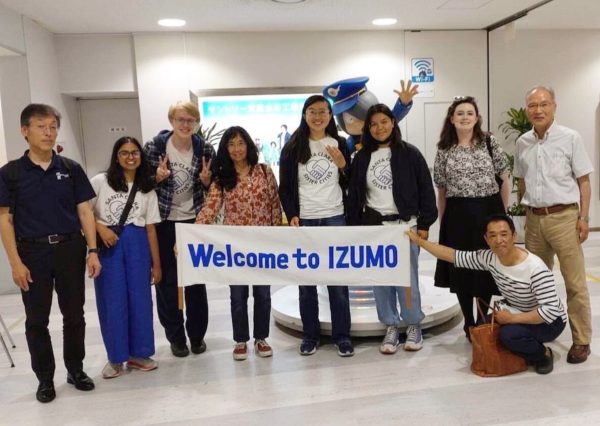The Super Bowl is Over: What Now?
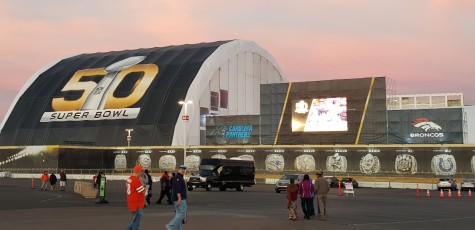
Heavy traffic and congestion was expected during Super Bowl weekend.
The crowds came in; they partied; they cheered; they left. Success! Santa Clara’s Levi’s Stadium hosted Super Bowl 50. After three years of meticulous planning and billions of dollars spent building of the stadium and improving city infrastructure, thousands poured into the Bay Area to take part in the festivities. The month leading up to the big game increased the anticipation for the big night, and the city pushed hard to get everything finished on time. For one night, the whole nation turned to Super Bowl City and Levi’s Stadium to watch the long awaited game. For one night, all eyes were on us. Yet, just a couple weeks after the game, Levi’s is vacant once again.
The day after Super Bowl XLIX last year in Glendale, Arizona, the Bay Area was already shifting gears in preparation for its own game. This year, Super Bowl City, San Francisco, was forty-five miles away from the actual game, in Santa Clara. Kim Walesh, San Jose’s director of economic development and co-chairwoman of the San Jose Sports Authority told the Mercury prior to the game, “Having Super Bowl here in Silicon Valley provides us not just a way to build on our reputation as a tourist destination but also a way to move city projects forward that have been sort of floating around for a long time.” A spur of economic activity was expected, due to the pouring in of over a million visitors eager to eat, shop, and party in Super Bowl City.
A number of Santa Clara residents feared a spike in traffic and crime in the city nearing the game. However, with the city of San Francisco declared as the official location of Super Bowl City, the streets of Santa Clara did not seem more hectic than usual. Crowds that had been expected to stream into the city instead poured into San Francisco. With the initial announcement of Super Bowl 50 in the Bay Area, a number of residents feared a rise in crime and traffic congestion nearing the event. One Wilcox student who lives in a very close proximity to the stadium said that, on the day of the game, however, “Apart from when people started and entering the stadium and then leaving after the game had ended, there wasn’t really any overwhelming traffic. Life went on as expected.” Thankfully, the city of Santa Clara, according to SF Gate, had reached an agreement with the host committee to cover costs to city services. The price tag for the stadium itself, had originally ended up at $1.27 billion, but the cost has been offset by payments to the city by the 49ers team and the combination of private and public expenditure.
On the other hand, San Francisco’s taxpayers were on the hook for at least $4.8 million in city services during Super Bowl week after the city made a formal agreement with the NFL and the Super Bowl Host Committee not to receive a reimbursement for the money spent. The pouring in of one million people to Super Bowl City in addition to the over 83,000 people packed into Levi’s Stadium in Santa Clara the night of February 7th was largely expected to bring millions in revenue back to the Bay Area. A study by PricewaterhouseCoopers prior to the game projected that the Bay Area could see at least $220 million in direct revenue from business during the Super Bowl– the most ever. But was it enough to offset the costs? As stated by the San Jose Mercury, a report reflecting total revenue for the city will be available in May.
According to NBC Bay Area, the Bay Area’s Super Bowl Host Committee may also be considering putting in a bid to host another big game in the coming future. “I think we showed the NFL that this is a region that can host a world-class event like the Super Bowl,” Keith Bruce, president for the San Francisco Bay Area Host Committee, told NBC. Kevin Carroll, director of the Hotel Council of San Francisco, told the Chronicle, “It’s been exciting, good for business, and the exposure for the city on a global media scale is tremendous. How could we not want it back?”


